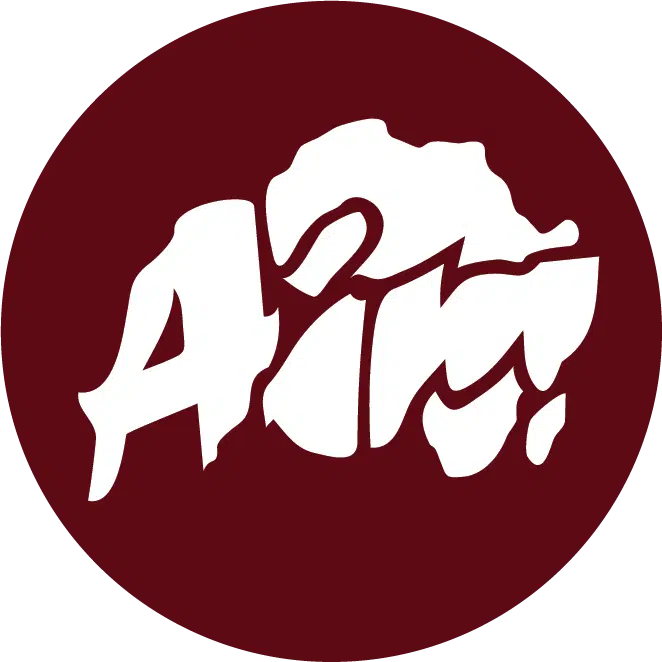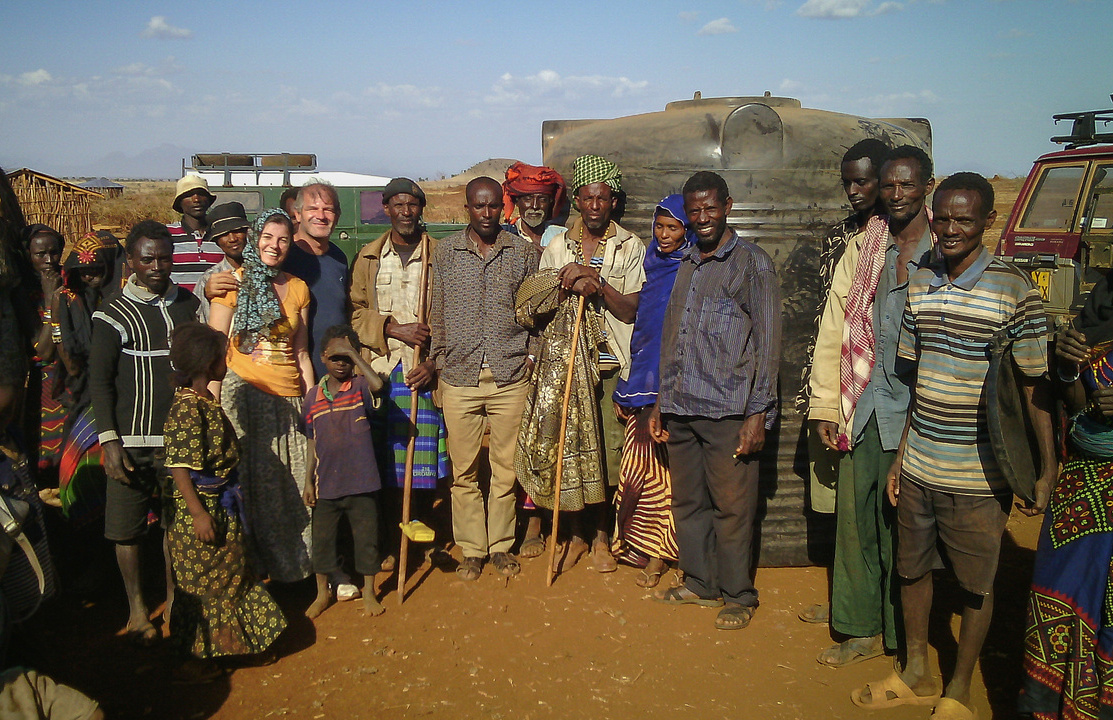[contentblock id=59 img=gcb.png]
Eddie & Rachel Andersen live and work among the Gabbra in northern Kenya with their six children. They focus on church planting and discipleship, through any means from gardening to automotive repair, Bible study to basic medical care.
It took 15 years
Bouncing along in the Land Rover, dust swirls around our faces and wind dries our skin. As we drive along the rocky two track road, the terrain varies from rocky scrub land to flat, desert, salt pan. An occasional acacia tree dots the horizon and a few mountains rise in the distance.
89,000 Gabbra live in this hot and barren land, grazing camels, goats, sheep, and some cattle. They build small houses called ‘min daase’, which can be moved around with the help of three camels; traditionally they move at least once a year. Since the 1990’s the Gabbra have began to settle into town centres in order to provide education for their children as well as seeking medical care and famine relief.
A desire to follow Jesus
Baluko Jarso’s mother came to Christ during the time of pioneer missionaries, Dilly & Ruth Andersen, the first evangelists to reach out to the Gabbra. Living a nomadic lifestyle, Baluko’s mother carried with her a Bible everywhere she went.
In 2009 Wendy Atkins (an AIM missionary) and a Training in Ministry Outreach (TIMO) team held a seminar in Kalacha to teach the Gabbra to write their own Christian music. The elders of the church at Kalacha took those songs to Shonkera, where Baluko and his mother live, and the door opened to the message of the gospel.
This initial outreach was followed by famine relief efforts and distribution of solar powered Bible recordings. In 2012 a few missionaries and elders from Kalacha came to Shonkera for a visit. Baluko offered them chai and he began to call over young men from the surrounding huts. Approximately 15-20 young men came forward, all declaring their desire to follow Jesus. Baluko occasionally walks 40k to attend church in Kalacha. Last year he oversaw the building of a small, corrugated church in his village, and attends discipleship classes.
Missionary outreach to the Gabbra began with a foundation of prayer and perseverance by the first missionaries here, who waited nearly 15 years for the first Gabbra to accept Jesus as his Saviour. When we moved to Kalacha in 2008 we knew of only 80 believers among the Gabbra, but in the last few years the Gabbra have begun to turn their hearts to Christ. We hope that, by God’s grace, they will continue to have open hearts to the gospel message.
Living on the edge
As missionaries living in a remote area, we have found ourselves pushed to the limit. Our children have had various illnesses, with little or no medical care available to us. Our car is often shook to pieces by the roads, but we have no access to auto parts or a towing service. And as we become a part of our community, we often watch helplessly as our friends suffer from cycles of drought and famine. We feel a sense of urgency to get the message of Jesus Christ to the Gabbra, knowing that they live on the edge of disaster and possibly death.
Not returning empty
After our first term in Kalacha, we began to look for a means of sharing the Bible with the Gabbra on an MP3 player. We were introduced to ‘the Treasure’, a solar powered audio device the size of a mobile phone. The Treasure has opened up doors in various communities and led to a growing number of Gabbra seeking Christ and how to follow him. The second evangelical church among the Gabbra was just established last year. And we hear of audio scriptures traveling up to 200 miles.
In 2014 we began work in a new location among the Gabbra. Dukana, a town about 20 kilometres south of Ethiopia, offers a unique opportunity to share the gospel with the Gabbra. Approximately 20,000 Gabbra live in the area and herdsman constantly come and go. Everyday people come to our door asking for Treasures. Please join us in praying that God’s word would not return empty, but would accomplish his purpose (Isaiah 55:10-11).


